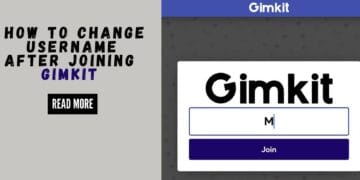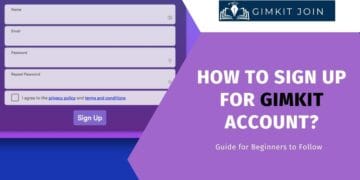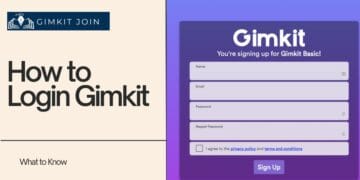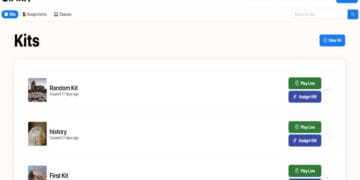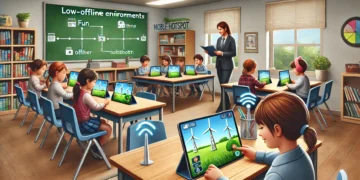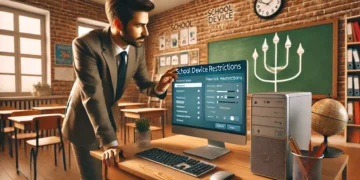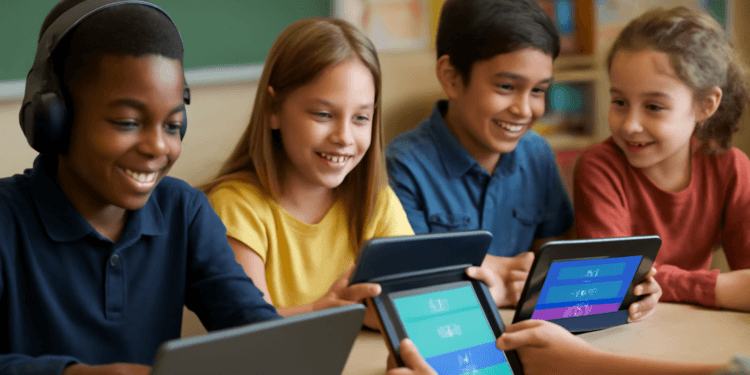Empowering Every Student: Gimkit and Customizable Accommodations
Gamified learning platforms like Gimkit are powerful tools for boosting engagement, but they weren’t originally built with all learning disabilities in mind. When special education teachers ask me whether Gimkit can work in inclusive classrooms, my answer is: “Yes, but with significant modifications and realistic expectations.” For a broader perspective on how the platform supports a wide range of needs, read our guide on how to use Gimkit to support diverse learners.
As an EdTech Content Specialist, I’ve compiled strategies based on consultations with special education professionals who have successfully adapted Gimkit for diverse needs. This guide covers specific accommodation strategies for students with:
-
Dyslexia (reading and visual load)
-
Dysgraphia (writing and typing demands)
-
Auditory Processing Disorder (APD) (multimodal instruction)
-
ADHD (attention and engagement supports)
Ultimately, making Gimkit accessible relies on aligning its host controls with the principles of Universal Design for Learning (UDL).
Important Disclaimer: Consult Your Special Education Team
I am not a special education teacher, medical professional, or learning disabilities specialist. I am a middle school teacher who has documented strategies used by me and other teachers implementing Gimkit in inclusive classrooms. The topic of how to use Gimkit for neurodivergent students is vital, but always prioritize professional guidance.
The modifications discussed here are:
-
General EdTech adaptation strategies only.
-
NOT substitutes for legally-mandated IEP accommodations.
-
NOT medical or educational advice.
Before implementing any accommodations:
-
✓ Consult your school’s special education coordinator.
-
✓ Review each student’s Individualized Education Program (IEP) or 504 Plan carefully.
-
✓ Ensure adaptations align with legally required accommodations.
-
✓ Document all modifications for compliance.
Legal Compliance: Understanding Your Obligations
Before adapting any educational technology, you must understand your legal responsibilities under the Individuals with Disabilities Education Act (IDEA).
IDEA and IEP Requirements
Accommodations listed in a student’s IEP are not suggestions—they are legal requirements. If an IEP mandates “extended time (1.5x standard),” you must provide this in all applicable activities, including Gimkit games.
| Requirement | What This Means for Gimkit | What You Cannot Do |
| IEP is Legally Binding | You must verify that your Gimkit modifications satisfy the IEP requirements precisely (e.g., if the student needs a separate setting, you must provide it). | Never decide to remove or modify a mandated accommodation because it’s difficult to implement in Gimkit. |
| Documentation | Keep records of how you implemented each IEP accommodation in Gimkit and the student’s response. | Fail to communicate technology limitations to the IEP team. |
| Technology Limitations | If Gimkit cannot provide a required accommodation (e.g., specific font size), you must use an alternative tool or method that can. | Use technology limitations as an excuse to ignore the IEP requirement. |
504 Plans also receive legally mandated accommodations, and the same compliance requirements for implementation apply.
Understanding Learning Disabilities in Digital Environments
Effective Gimkit accommodation starts with accurate understanding. (Disclaimer: The information below is for educational context; always defer to qualified medical professionals.)
1. Supporting Students with Dyslexia

Dyslexia is a language-based learning disability affecting phonological processing—the ability to recognize and manipulate sounds in language (International Dyslexia Association). It is not primarily a visual issue where students “see letters backward.”
-
Learning Challenge: Decoding words, reading fluency, and speed, especially when text is presented quickly.
-
Common IEP Accommodation: Extended time, text-to-speech technology, reduced reading load.
2. Understanding Dysgraphia and Written Expression Challenges
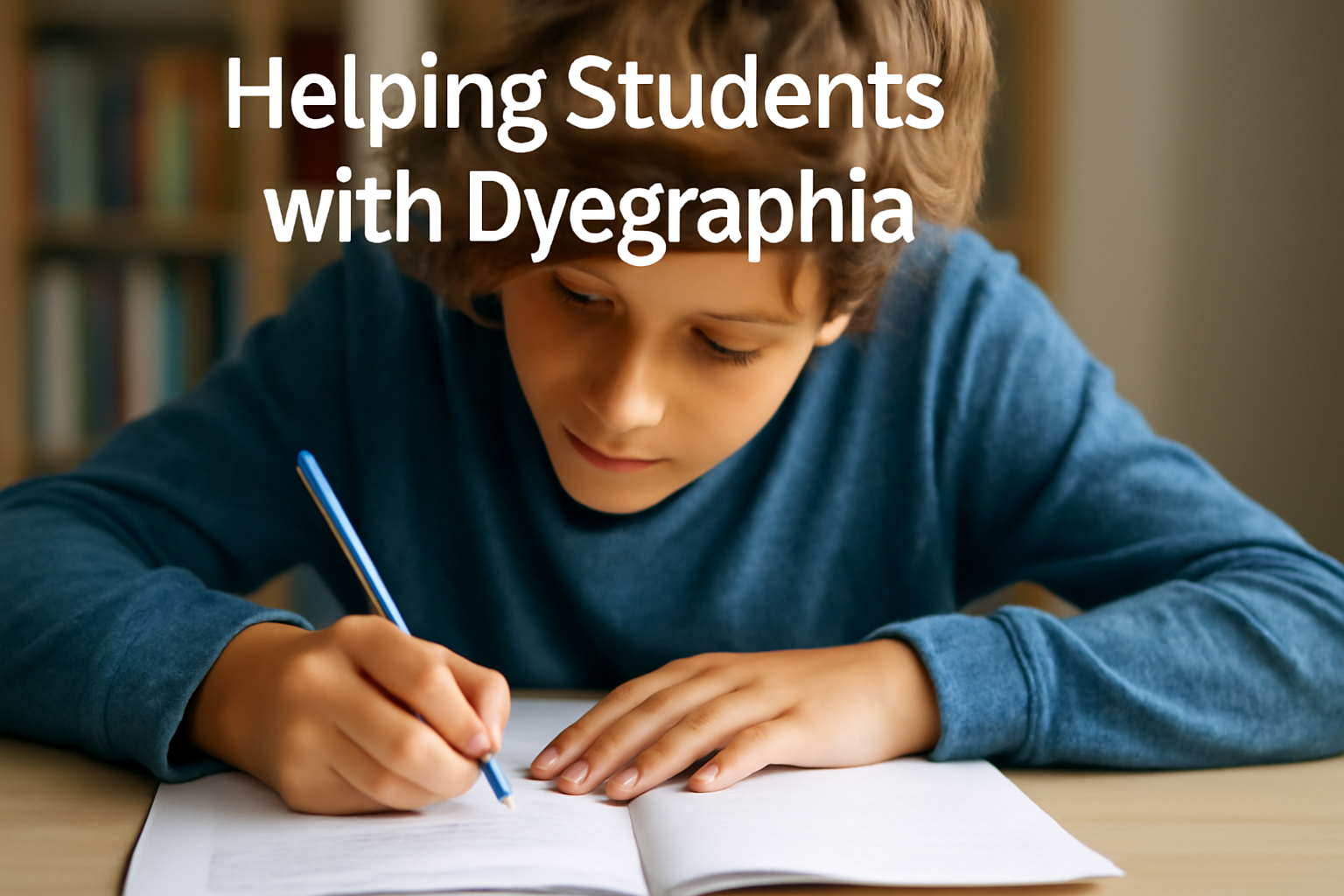
Dysgraphia affects the physical act of writing and the motor components involved in written expression. More detailed resources on this topic can be found through the National Center for Learning Disabilities (NCLD).
-
Learning Challenge: Handwriting fatigue, difficulty organizing thoughts into written form, trouble with spelling and grammar.
-
Common IEP Accommodation: Alternative assessment formats (multiple choice instead of written), reduced writing output, speech-to-text options.
3. Supporting Students with Auditory Processing Disorder (APD)

Students with APD can hear, but their central nervous system struggles to interpret or organize auditory information, particularly when background noise is present.
-
Learning Challenge: Difficulty following rapid verbal directions, distinguishing teacher voice from background game sounds, and processing audio-only instructions.
-
Common IEP Accommodation: Multimodal instruction, visual reinforcement of verbal directions, preferential seating.
Gimkit’s Accessibility Features: What’s Available (and What’s Not)
As of late 2025, Gimkit offers powerful controls but has specific accessibility limitations that require workarounds. Understanding the platform’s core main features of Gimkit is key to implementing effective workarounds.
| Feature Area | Gimkit Host Control | Workaround Needed |
| Time Limits | Available: In modes like Classic, the host can remove the timer entirely or set a high cash goal for a longer duration. | None needed for basic extended time. |
| Question Format | Available: Host creates Kits using Multiple Choice questions (MC) only. | Avoid using “Text Input” question types to reduce writing demands. |
| Text-to-Speech (TTS) | Not Available: Gimkit does not have native TTS/Read Aloud functionality built into the player screen. | Student must use external assistive technology (ChromeVox, iOS Speak Screen, etc.) to read the screen text. |
| Text Display | Limited: Font size/style is not customizable by the student or host. | Workaround: Encourage students to use their browser’s Zoom feature (Ctrl + Plus Sign) to enlarge the entire screen display. |
| Visual Supports | Available: The host can upload images directly into questions and answer choices when creating a Kit. | None needed. Highly recommended for all learners. |
IEP-Aligned Gimkit Accommodations by Disability Type
These are specific, actionable strategies for teachers to implement within the Gimkit platform, aligning with common IEP goals.
1. Dyslexia: Text Accessibility Strategies
-
Accommodation Goal: Text-to-Speech Access.
-
Gimkit Implementation: Allow students to use an external screen reader or copy the question text into a separate TTS application during gameplay. It is important to know about screen reader compatibility with Gimkit games to ensure this workaround functions smoothly. Research confirms that using assistive technology substantially improves reading speed and comprehension for students with reading disabilities.
-
2. Dysgraphia: Reducing Written Output Requirements
-
Accommodation Goal: Alternative assessment (selection instead of production).
-
Gimkit Implementation: Only use Multiple choice questions in your Kits. Absolutely avoid any game mode or question type that requires the student to type or write out an answer.
-
3. Auditory Processing Disorder (APD): Visual Reinforcement
-
Accommodation Goal: Multimodal presentation of instructions; reduced auditory distraction.
-
Gimkit Implementation: Before starting the game, display all key rules and objectives visually on a whiteboard or shared screen. For students with APD, mute all unnecessary game music/sound effects on your host device and encourage students to mute their device’s volume to reduce sensory overload.
-
4. ADHD: Attention and Engagement Supports
-
Accommodation Goal: Breaks, frequent redirection, and external controls for focus.
-
Gimkit Implementation: Utilize the host’s quick actions feature (by clicking a student’s name on the leaderboard) to “Ice a Player” if they become overstimulated or require a quick, silent redirection without disrupting the whole class. Use shorter, more intense game modes like Trust No One to maintain high engagement in short bursts.
-
Gimkit Game Modes Best Suited for Accommodations
Some Gimkit modes are inherently better for inclusion because they offer more host controls. To see the full array of options, consult our guide on exploring Gimkit’s game modes.
| Game Mode | Accessibility Benefit | Best for Accommodation |
| Classic Mode | Offers the greatest control over time limits, cash goals, and upgrades. It is the easiest to adjust for extended time. | Dyslexia, Dyscalculia (if number goal is low), ADHD (if timer is short). |
| Team Mode | Allows for Peer Support—strategically pairing a strong reader with a student who has a reading disability. This implements collaborative learning. | Dyslexia, Dysgraphia. |
| Assignment Mode | Self-paced, non-competitive, and has no time pressure whatsoever. | Students who experience high anxiety or require full self-pacing. |
Creating Accessible Custom Kits
The simplest path to inclusion is customizing the content itself. When creating Kits, always practice Universal Design for Learning (UDL) by:
-
Simplifying Text: Use clear, short sentences (under 12 words when possible).
-
Visual Reinforcement: Include images on most questions to support visual learners.
-
Multiple Choices: Ensure all questions offer multiple-choice answers to reduce written demand.
For more in-depth techniques on refining your content, see our guide on how to customize Gimkit for targeted learning.
When Gimkit May Not Be the Right Choice
While Gimkit is flexible, it is not a universal solution. Honesty about limitations is essential for E-E-A-T and student success. When seeking alternatives, consider our guide on discovering the best games like Gimkit.
| Limitation | Why Gimkit May Not Work | Better Alternative |
| Severe Reading Disabilities | The platform’s interface and questions still require some reading ability, which can be overwhelming for students reading 3+ grade levels below. | Prodigy (adaptive math), Osmo (hands-on/digital hybrid), Oral Questioning. |
| Specific Font Needs | Gimkit does not allow text customization (e.g., specific fonts like OpenDyslexic or increased line spacing) mandated by some IEPs. | Wordwall or Quizizz (some allow more formatting control) or physical manipulatives. |
| Overstimulation/Anxiety | The fast pace, flashing upgrades, and competitive nature can trigger anxiety in students with severe ADHD or co-occurring anxiety disorders. | Quizizz (self-paced, less competition) or non-digital review. |
Bottom Line: Technology limitations do not override IEP requirements. If Gimkit cannot provide the mandated accommodation, you must use a different tool or method that can.
Keep Exploring, Inclusive Educators!
The commitment to inclusive learning makes you an exceptional educator. By combining your expertise in pedagogy with Gimkit’s versatile controls, you ensure that this engaging platform is a fair and effective tool for every student.
Always document your implementation, stay honest about the platform’s limitations, and remember to check in with the student first—they are always the best source of information about their own learning needs. For more ideas on how to foster participation and positive outcomes, see our strategies for Gimkit student engagement.
Frequently Asked Questions (FAQs)
How can I help students with dyslexia read better in Gimkit?
The most effective strategies are to remove the time limit entirely and allow the student to use their device's external screen reader or text-to-speech software to read the question text aloud.
What is the best way to help students with dysgraphia in Gimkit?
Use game modes where students exclusively pick their answers from multiple choices. When creating your Kit, do not include any questions that require students to type or write out long answers.
Can I give a student individual time extensions in Gimkit?
You can control the overall game length as the host, but you cannot typically give individual students extra time on a per-question basis. For this accommodation, you must remove the global timer and set a high cash goal for the whole game, or allow the student to play the Kit separately in Assignment Mode.
Where can I find specific accommodation strategies for a student's IEP?
Always defer to the student's Individualized Education Program (IEP) or 504 Plan. Additionally, collaborate closely with your school's special education teachers and educational psychologist for tailored advice.






